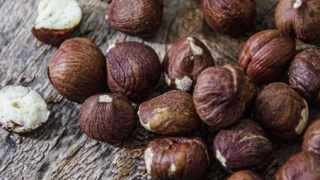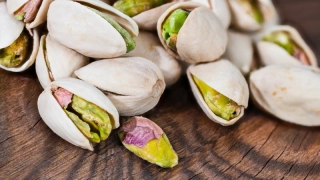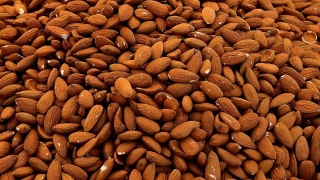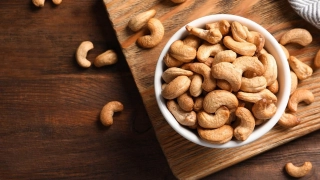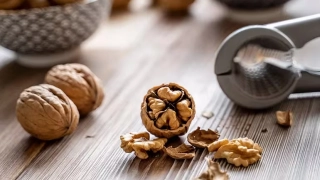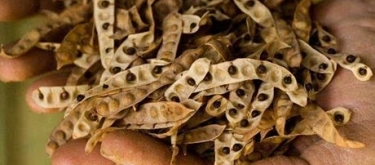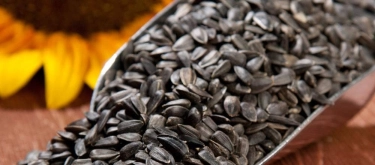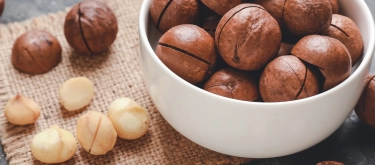Peanut: Taste Profile, Aroma, Benefits and Health Risks
Peanut (Arachis hypogaea), although botanically a legume, has been culturally and gastronomically integrated into the nut category. Valued for its high protein content, affordability, and versatility, it is consumed worldwide as a snack, in spreads, sauces, confectionery, and oils. Its taste profile is distinctive, forming the base of many culinary traditions from American peanut butter to Asian satay sauces.
Peanut is one of the most common food allergens. It can provoke severe allergic reactions, including anaphylaxis. Not suitable for individuals with peanut allergy.
What does Peanut taste like?
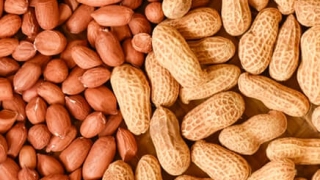
Complete Sensory Description
Taste:
At the first bite, peanuts deliver a mild nutty flavor with a gentle sweetness and a faint earthy undertone. As chewing progresses, the flavor deepens, developing into a warm roasted nuttiness with a soft, buttery richness. The finish leaves a lingering dry, nutty aftertaste, sometimes carrying a light natural bitterness from the thin seed coat.
-
Raw: Mildly nutty, slightly earthy, with a restrained sweetness.
-
Roasted: Bold and aromatic, with caramelized nutty notes and, in darker roasts, hints of bitterness.
-
Paste (Peanut Butter): Sweet, oily, and smooth, with a dense nutty finish that coats the mouth.
Aroma:
Raw peanuts smell faintly earthy and bean-like. Roasted peanuts, however, develop warm, toasty aromas dominated by pyrazines, instantly recognizable as “nutty.”
Texture:
Raw peanuts are firm and slightly chalky. Roasted peanuts become crunchy and crisp. Ground peanuts transform into a creamy, mouth-coating paste.
Appearance:
Small beige kernels with a thin red-brown skin, enclosed in a light tan shell usually containing two seeds.
In-depth Flavor Analysis
The peanut’s flavor is defined by its fat composition and roasting chemistry. Oleic acid contributes to smooth, buttery notes, while linoleic acid provides grassy freshness but also makes peanuts prone to rancidity when stored improperly. During roasting, the Maillard reaction generates pyrazines (2,3,5-trimethylpyrazine, 2,5-dimethylpyrazine), which create the classic roasted, cocoa-like and toasty aromas. Peanut skins add phenolic compounds, producing bitterness and astringency; removing them results in a rounder flavor. Grinding peanuts into butter ruptures fat cells, releasing free oils that enhance creaminess and reduce perceived bitterness.
Varieties and Culinary Applications
-
Varieties: Runner (most common for peanut butter), Spanish (smaller, sweeter, often used in candies), Virginia (large kernels, popular roasted), and Valencia (naturally sweet, used in gourmet products).
-
Culinary Uses: Consumed roasted, salted, candied, or ground. Peanut butter is a staple in American cuisine, while satay sauce showcases its importance in Asian cooking. Peanut oil is valued for its high smoke point in frying.
Selection and Storage
-
Selection: Choose peanuts with intact shells, free from cracks or mold. For shelled peanuts, check for uniform color and no rancid smell.
-
Storage: Keep unshelled peanuts in a cool, dry place for up to several months. Shelled peanuts and peanut butter should be refrigerated to slow oxidation and preserve freshness.
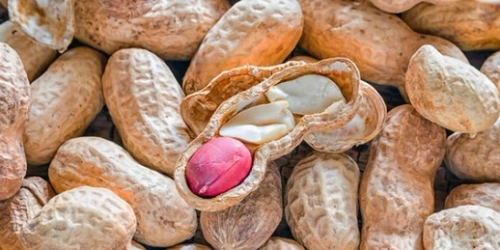
Nutritional Insights
Peanuts are rich in plant protein (about 25 g/100 g), healthy fats (primarily monounsaturated and polyunsaturated), and dietary fiber. They provide niacin, folate, vitamin E, magnesium, and resveratrol. Regular consumption supports satiety, cardiovascular health, and stable blood sugar levels.
Expert Insights & Culinary Tips
Chefs recommend lightly toasting peanuts at home to unlock maximum aroma and crunch. Blending roasted peanuts with sesame oil creates a more aromatic homemade satay sauce. Nutritionists highlight portion control: while healthy, peanuts are calorie-dense and easy to overconsume.
Interesting and Curious Facts
-
In the U.S., peanut butter is so popular that Americans consume over 1.5 billion pounds annually.
-
Despite being called a "nut," peanuts grow underground like beans.
-
George Washington Carver promoted peanuts as a sustainable crop, developing hundreds of peanut-based applications.
Harm and Dietary Considerations
-
Allergy risk: One of the most serious food allergens. Even trace exposure can be life-threatening.
-
Aflatoxin contamination: Poorly stored peanuts can harbor Aspergillus fungi producing aflatoxins, harmful carcinogenic compounds.
-
Caloric density: Overconsumption may contribute to weight gain if not balanced within diet.
Religious Dietary Considerations
-
Islam and Judaism: Peanuts are generally permitted (not among forbidden foods), though some authorities caution about contamination with tree nuts.
-
Hinduism: Widely consumed.
-
Christian traditions: No restrictions.
-
Buddhism: Common in vegetarian diets.
Final Thoughts & Sensory Journey
Peanuts embody a unique balance between earthy legume roots and rich nutty warmth. Their adaptability—from raw snack to creamy butter and savory sauces—has made them a global favorite. With both benefits and risks, they remain one of the most influential foods in modern diets.
Resources
-
Woodroof J.G. Peanuts: Production, Processing, Products. AVI Publishing, 1983. ISBN: 9780870554028
-
Young C.T. Peanuts: Genetics, Processing, and Utilization. Academic Press, 1982. ISBN: 9780127722503
-
American Peanut Council, nutritional database.
-
AOAC guidelines on aflatoxin detection in peanuts. DOI: 10.5740/jaoacint.18-0419
